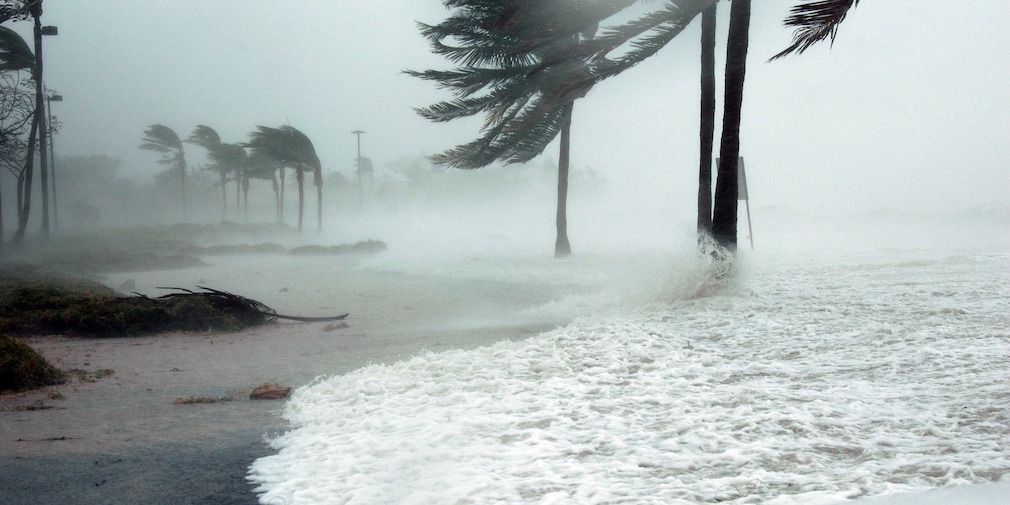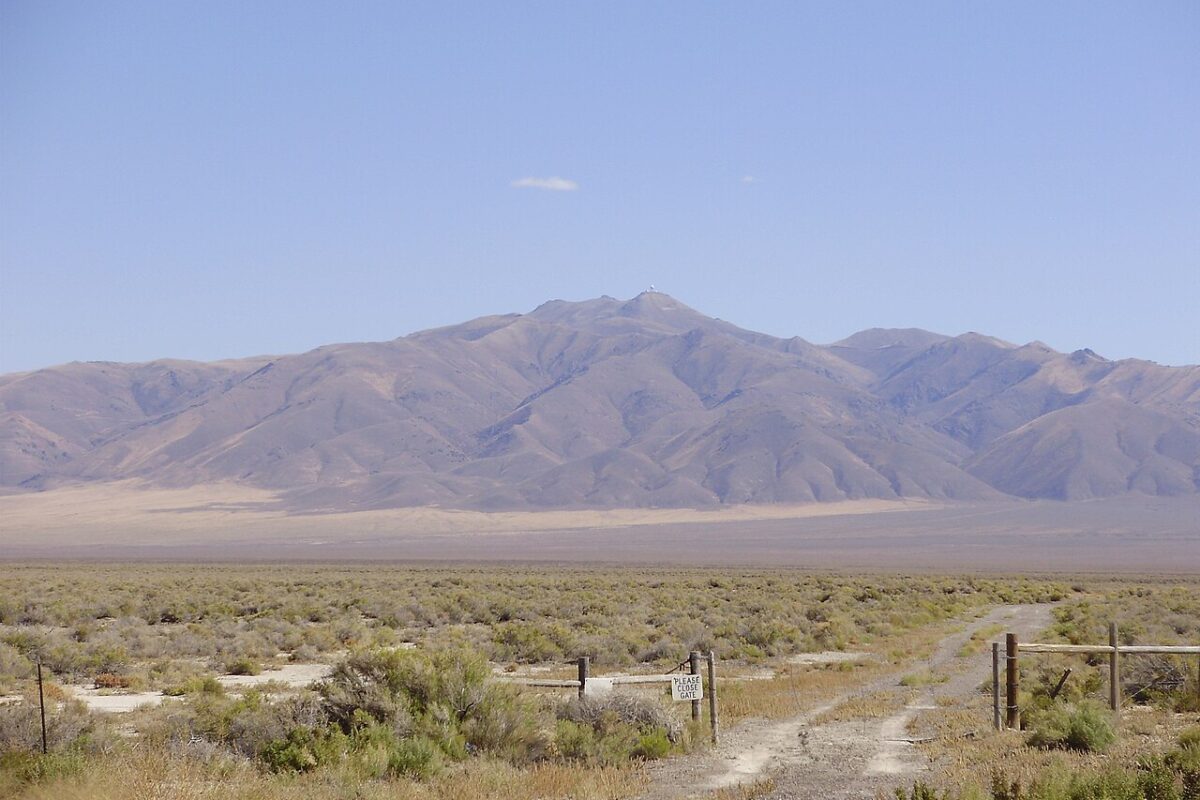Between the staff of PV Evolution Labs (PVEL) and Heliolytics, they’ve seen it all: Fires, hurricanes, tornadoes, earthquakes, and a lot of plants that have seen damage from much more mundane causes, but have suffered losses as well.
Heliolytics is a specialist in piloted aerial inspection services for solar plants, which by its own estimate has flown over 29 GW of utility-scale solar in the United States – between 1/2 and 1/3 of the large-scale solar currently online – using thermal imaging to learn more about what is going on with these systems. This includes problems that are not visible to the naked eye.
And while PVEL may be more widely known for its work testing modules, inverters and batteries, the company says that its services have been increasingly sought to investigate damage at existing power plants. And as the two provide different but often complementary services, it seems a partnership was inevitable.
“By working together, we are able to provide a more comprehensive solution for plant operators,” Heliolytics CEO Rob Andrews told pv magazine. “We have a data set, and they have a data set.”
Unseen damage
The two companies note that a main reason for their new Incident Response service is that much of the damage that solar power plants experience goes unseen. In pv magazine’s Quality Roundtable event, we’ve explored cases supplied by both companies where damage to projects is not obvious at the time of an initial inspection.
This includes “microcracking” from wind and hail damage. “Together with PVEL, we have observed widespread microcracking from hail and wind even when less than 5% of modules have broken glass,” explains Dr. Andrews.
“While months or even a few years may pass before cell cracks become hot spots and reduce system performance, it is only a matter of time before this happens,” notes PVEL CEO Jenya Meydbray.
And this sets up a big potential problem for plant operators, as insurance claims are filed once and then they are done, which can lead to significant uncompensated damages.
However, such microcracks can be detected using advanced thermography and electroluminescent (EL) imaging, such as is offered by the two companies. This can allow the companies to provide more full information, particularly in insurance claims.
And while the companies’ main clients for this work will be asset owners, PVEL’s Meydbray also notes that his company has done work for insurance companies, and that they are potential clients as well.
In fact, the service has already been endorsed by a major insurer of solar projects. “Natural disasters are on the rise as our climate changes – and so are claims for adversely affected solar projects,” notes George Schulz, Vice President – Clean Energy of Argo Group US. “To empirically assess the real impact of storms on operating assets and process claims, insurance providers need new tools like Incident Response.”
This content is protected by copyright and may not be reused. If you want to cooperate with us and would like to reuse some of our content, please contact: editors@pv-magazine.com.









It’s interesting the technology is being brought into the main stream, to see how much damage before it becomes a problem down road. In Puerto Rico I believe solar PV has proven itself as a robust addition to the grid. This story is one of a flower farm that was hit by Maria as it ripped through the island. https://www.ecowatch.com/puerto-rico-farm-solar-2492907397.html
Perhaps it will be found that “some” of the damage done to Walmart stores solar PV arrays might have been due to micro-cracking and hot spots in the panels themselves.